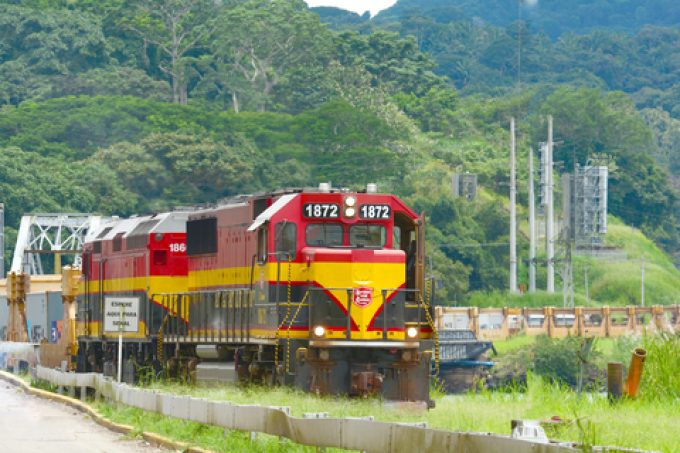Good start for Gemini, liner schedule reliability data reveals
New data from liner analysts at Sea-Intelligence Consulting has confirmed early schedule reliability figures for ...

Liner operators say they are unlikely to emulate Maersk in using land transport to circumvent the Panama Canal restrictions, as moving containers by land in the Americas could drive costs up more than 30%.
In January, the Panama Canal Authority increased the number of daily transit slots to 24, despite first announcing a reduction to 18 for February. However, this is still fewer than the usual 36 daily transits through the waterway.
In response, Maersk announced its OC1 service from Oceania to ...
Trump tariffs see hundreds of cancelled container bookings a day from Asia
'Disastrous' DSV-Schenker merger would 'disrupt European haulage market'
'To ship or not to ship', the question for US importers amid tariff uncertainty
'Chaos after chaos' coming from de minimis changes and more tariffs
List of blanked transpac sailings grows as trade war heats up and demand cools
EC approves DSV takeover of DB Schenker
Shippers in Asia restart ocean shipment bookings – but not from China
Forto 'sharpens commercial priorities' as it lays off one-third of staff
India withdraws access for Bangladesh transhipments, in 'very harmful' decision
'Tariff hell' leaves industries in limbo – 'not a great environment to plan'
IndiGo fleet expansion plan will include a major push to boost cargo volumes
Pre-tariff rush of goods from US to China sees air rates soar, but not for long

Comment on this article